Life in the driest state on the driest continent was different this spring. Nature provided a beautiful prelude to the season of rebirth in South Australia. The Murray River floodplains were transformed after more than a decade of drought.
Just add water.
Levels rose in the southern lakes, Alexandrina and Albert. The Coorong – the 140km-long finger of lakes stretching from Goolwa to Kingston in the South-East, protected from the pounding of the Southern Ocean by the giant sand dunes of the Younghusband Peninsula – is a renewed home for more than 200 bird species, some migrating from as far away as Siberia.
After years of drought and poor water management, the River Murray had slowed to a trickle. The barrages and locks at Goolwa remained closed to prevent the backwash of salt water.
After eight years of dredging at the Murray Mouth, the artificial resuscitation of the river was stopped in late 2010. The man-made problems of the Murray are not solved, but nature has provided respite.
In February 2011, flows of more than 93,000 megalitres a day into South Australia caused the lower Murray to burst its banks, inundating vast floodplains.
The flow had dropped to around 6,500 megalitres a day by the end of July, but the lifeblood – water – will keep on giving well into 2012 and beyond. The Murray “breathes” again and so too does South Australia’s Riverland.
Banrock Station Wine and Wetland Centre at Kingston-on-Murray, a two-and-a-half hour drive north-east of Adelaide, is the epitome of the rebirth of the SA Riverland. Its wetlands have been transformed.
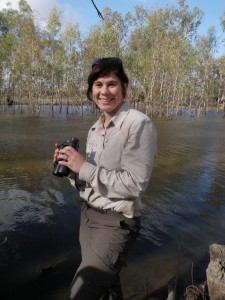 “We waited 17 years for a flood which, on average, naturally would have occurred almost every second year,” says Conservation and Wetland Manager, Kate Thorn.
“We waited 17 years for a flood which, on average, naturally would have occurred almost every second year,” says Conservation and Wetland Manager, Kate Thorn.
Banrock’s wetland area covers around 200 hectares, but more than 60 per cent of its floodplain, covering 1068 hectares, was inundated.
“Water levels began to rise in November, 2010. But the level didn’t peak until the end of February last year,” says Kate, 35, an environmental management graduate.
Unlike Queensland’s disastrous floods in 2010 which, along with heavy rains in the Murray-Darling basin, ultimately fed the Murray, the coming of the water at Banrock Station was a godsend.
“The flood was the development we had been waiting for,” says Kate.
“In terms of ecotourism, we have made changes to our walking trail and boardwalk network, with some new sections and new information for visitors.”
Large areas of shallow water provide breeding grounds for frogs and fish, in turn providing food for other creatures. Flooding also flushes accumulated salt from the ecosystem.
“Each year is different here, as recovery of the environment continues, and droughts and floods come and go,” says Kate, who grew up on a farm 10km downstream from Banrock. Her love of the wetlands drew her back as a conservationist.
“That’s how it should be – incredibly variable, like our climate,” she says.
“It’s exciting not knowing which rare visitors we will get – Latham’s snipe migrating from Japan; blue-billed or freckled duck; shy crakes or rails. Grey teal, shelduck and black swans regularly breed here.”
Add to that; reptiles, amphibians and marsupials.
“Endangered regent parrots, which only breed in the hollows of river red gums, have a stronghold here. Their nesting success will be monitored. We will also be keeping a close eye on the endangered southern bell frog,” says Kate.
But for Kate, spring truly arrives with the “sounds” of the wetland. “Frogs start to croak in large numbers and can be heard right through the daytime rather than just at dusk and dawn,” she says.
“Combined with the constant trilling of reed warblers (usually heard but not seen), the honking of swans and the shrieking of swamp hens, it makes for quite a cacophony.
“I never tire of watching the close-knit family dynamics of black swans; cygnets always close to their parents, occasionally riding on their backs, and later copying the adults as they feed.”
The 2,995km-long Murray River rises in the Australian Alps and on its long journey forms the border between New South Wales and Victoria, before turning south for its final 500km meanderings through South Australia to the sea, emptying into Lake Alexandrina.
An Aboriginal Dreaming story has it that a giant cod dug the Murray River in South Australia with its thrashing tail, as fishermen chased it to the sea.
They finally caught it at the entrance to the Coorong lakes and carved it up, with all the pieces becoming the native fish of the Murray — callop, mulloway, bream, catfish and congollis. But not the damaging introduced species, the European carp.
The story of the Dreamtime Cod has some basis in fact. In the 1840s, sheep squatter Archie Cook reported seeing a whale stranded near Milang, a clear indication that long before white settlement, whales could enter the Murray Mouth and make their way through the lake system.
Today, there is still dreaming on the Murray.
All you have to do is look for it.
Photo Credits
Banrock Station © Banrock Station
All Other Photos © Vincent Ross – All Rights Reserved

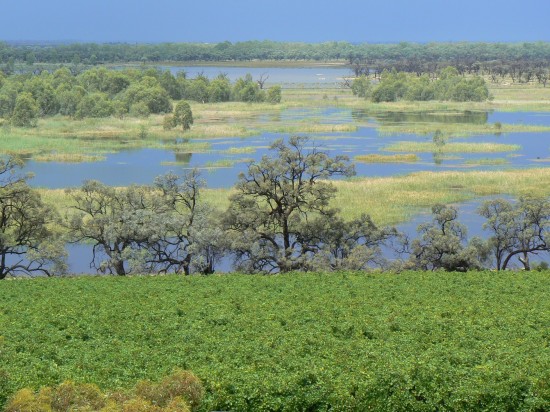
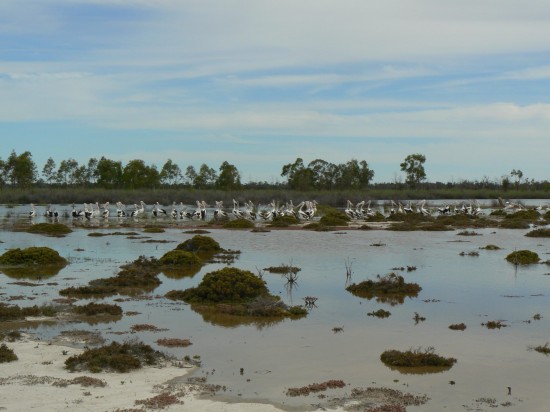


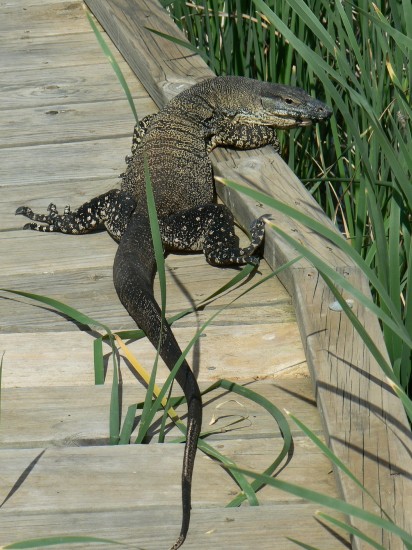
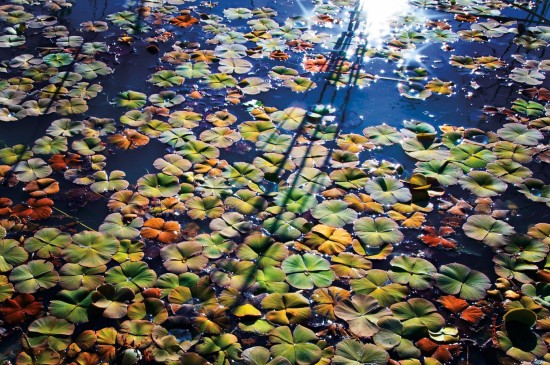


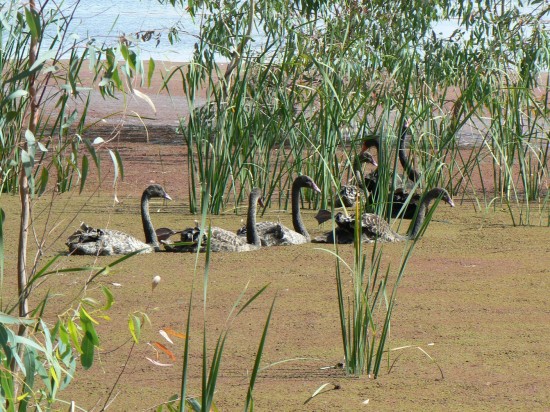
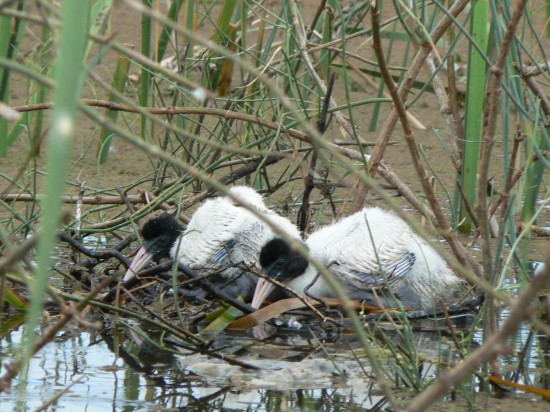
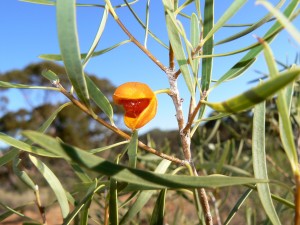
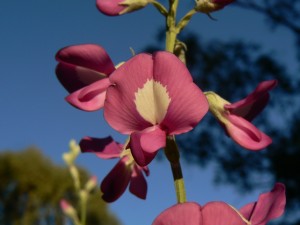

Hello, I would like to use the photo of the native apricot in a student guide I am developing for our bush food garden at Monarto Zoo. Just wondering if it is your photo or I see you also credit Banrock Station for some of your photos. regards
Hi Robyn,
It is a Banrock Station photo. I don’t think they would mind if you used it, as long as you credit Banrock Station.
Cheers,
Vince